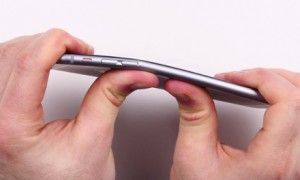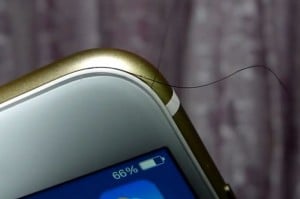
Americans go to Red Lobster with the intention of indulging in various forms of seafood, but would you ever dare to try a plate of pork chops at Red Lobster? Not surprisingly, Red Lobster’s sales have been dwindling down in the past few years for this very reason. Red Lobster was failing to supply their core customers’ demands and was instead trying to appeal to everyone.
Red Lobster was previously owned by Darden Restaurants, the famous owners of American’s favorite food chains such as Olive Garden, Longhorn Steakhouse, Bahama Breeze, and Seasons52. Recently however, Darden Restaurants decided to drop Red Lobster from their lineup and thus Red Lobster decided to rebrand their image and revamp their menu under their new owners the Golden Gate Capital Group.
As a Band-Aid, their “quick fix” Red Lobster turned to handing out promotional deals. Hoping to grab there past customer’s attention, the lobster chain ended up overwhelming their customers and failed in achieving their goal of increasing sales.
From thorough research conducted, Red Lobster claimed, “while we had the seafood our guests crave, we didn’t have the right kind of seafood, enough of a presence of lobster.” Red Lobster believes it has found its new solution in creating a new menu. Red Lobster’s new menu is claiming to cater to their customers’ demands by raising the amount of lobster presence from 75 percent to 85 percent and including refreshing new dishes such as Lobster Tacos and Roasted Maine Lobster Bake.
Oddly enough there was not enough lobster at Red Lobster. Customers would choose to dine at Red Lobster with the intention of eating seafood not chicken linguine. Some of the dishes on the menu were not even closely related to seafood and did not contain any seafood. It is understandable that Red Lobster would want to cater to people with dietary limitations; however, it is hard to understand why there would be a demand for pork chops at a seafood restaurant.
In another attempt to make their menu more appealing, Red Lobster has decided to change their layout. Red Lobster has eliminated the text heavy format and opted for a two-page fold with more pictures. Their research has shown that a more navigable menu would make the environment and dining experience more appealing.
Red Lobster’s president Salli Setta claimed, “We want to be not just the biggest seafood restaurant, but the best seafood restaurant.” This is quite a large goal for a restaurant that is suffering from years of bad sales.
Red Lobster’s new take on their menu could help but can it really turn the company around? When was the last time you dined in at Red Lobster? Have you noticed any positive or negative differences in the food chain?
Sources:
http://www.orlandosentinel.com/business/os-red-lobster-menu-20141103-story.html

